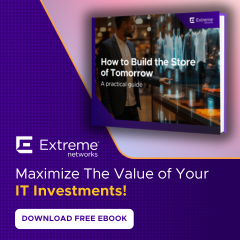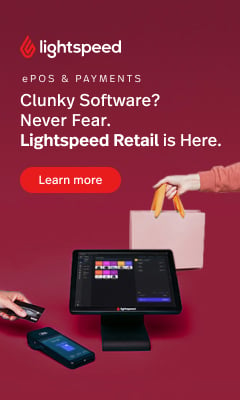Salesforce and Adobe announce they’re working on a CDP
Salesforce and Adobe have both announced (within a day of one another) that they are each working on developing a CDP – customer data platform…
The past month in Martech has certainly been an interesting one. Not only did McDonald’s announce an surprising marketing automation acquisition of Dynamic Yield, but Salesforce and Adobe have both announced (within a day of one another) that they are each working on developing a CDP – customer data platform.
Not Just a Passing Fad
Why is this somewhat out of the blue? Up until recently (June 2018), the CEO of Salesforce Marketing Cloud, Bob Stutz, spoke of CDPs as “a passing fad.” Hence why it came as somewhat of a surprise that both Salesforce and Adobe have now announced these plans.
The reason behind making this step – Brands want to get as personal as possible with their customers. To do so, they need to be able to interpret a massive amount of data from each customer – email opens, website visits, exact page visits, items placed in cart, shopping cart abandons, offline loyalty scheme data, demographic info… and the list goes on. This data should be flowing into one profile per customer, and ideally, in real-time (e.g. customer makes a purchase, their profile is updated with that information). This has exponential effects on the customer experience. After all, we all hate receiving a discount on a product we purchased a day previously.
This sounds like an easy thing to achieve, and most vendors promise this level of personalization. However, there are very few that are actually delivering on this promise.
To understand this shift in focus to CDPs, and why the promise is unfulfilled, you need to review the history of the industry, and how we have ended up in the situation we are in today. It all starts with acquisitions. Let’s take Salesforce Marketing Cloud as an example:
Salesforce Marketing Cloud Timeline
2000 – ExactTarget founded as an Email Service Provider (ESP)
2009 – ExactTarget acquires Keymail Marketing to help fund a UK expansion
2010 – ExactTarget acquires CoTweet, a software to manage multiple Twitter accounts
2012 – ExactTarget acquires Pardot, a B2B Marketing Automation tool
2012 – ExactTarget acquires iGoDigital, the developers of a product recommendation engine
2013 – Salesforce acquires ExactTarget
2014 – Salesforce renames ExactTarget to Salesforce Marketing Cloud
As the timeline demonstrates, Salesforce Marketing Cloud is a combination of a number of different technologies from acquired companies.
A review of Adobe shows that they have been very active in acquisitions, with a total of 50 direct acquisitions over the past two decades, over five of which were in connection with their Experience Cloud. What has this got to do with both announcing that they are working on a CDP? The answer is single customer view and personalization.
Problems With Growth in Tech Through Acquisitions
Many companies needed to acquire the right technology to make personalization at scale possible. But growth in tech through acquisitions is a tricky business for two reasons:
Human Reasons
Let’s start with the easier one: humans. Trying to join two separate workforces together is incredibly difficult for a myriad of reasons (culture, loyalty, opinion, etc).
Data Reasons
The second reason, data, is something rarely discussed, but even more problematic. Different systems use different data formats. Also, there are different ways for inflow and outflow of data and most of them were never built with real-time requirements, in fact most systems built 10+ years back considered 24h update as more than sufficient. Compare that to the world, where we know that if a recommendation system has a lag of over 500ms, it’s negatively influencing conversion and customer experience.
The complexity of systems, but mainly the increased focus on understanding customers, improving their experience (CX) and fostering their loyalty has made the rise of CDP’s a necessity.
Future of CDP’s
After the Adobe and SalesForce announcements of entry into the CDP space, very few people doubt its usefulness. However, many people still rightfully challenge the ability of CDPs to deliver value, as the value is only seen after integration with channels that allow both transactional and personalized communications. Although it’s a step in the right direction, there is still a long way to go.
………
Exponea was founded in 2015, leveraging technology originally developed for a FB gaming company. This technology was a CDP, before the term was even fully defined. From the very beginning, Exponea’s founders realized the key to success was to create the ability for marketers (primarily CRM and Loyalty managers), to execute their ideas directly from the platform. Hence, they created a platform that integrates the CDP with Omni-channel orchestration and Personalization tools. The dream for CRM managers has always been to see a 360 degree customer profile including all channel interactions, and then having the ability to push a consistent message across the relevant channels at the right time. That is the future of CDPs; it’s just a question of whether this category will be won by a company built around the concept like Exponea, or if the incumbent enterprise clouds will build it in-house or through acquisition.














